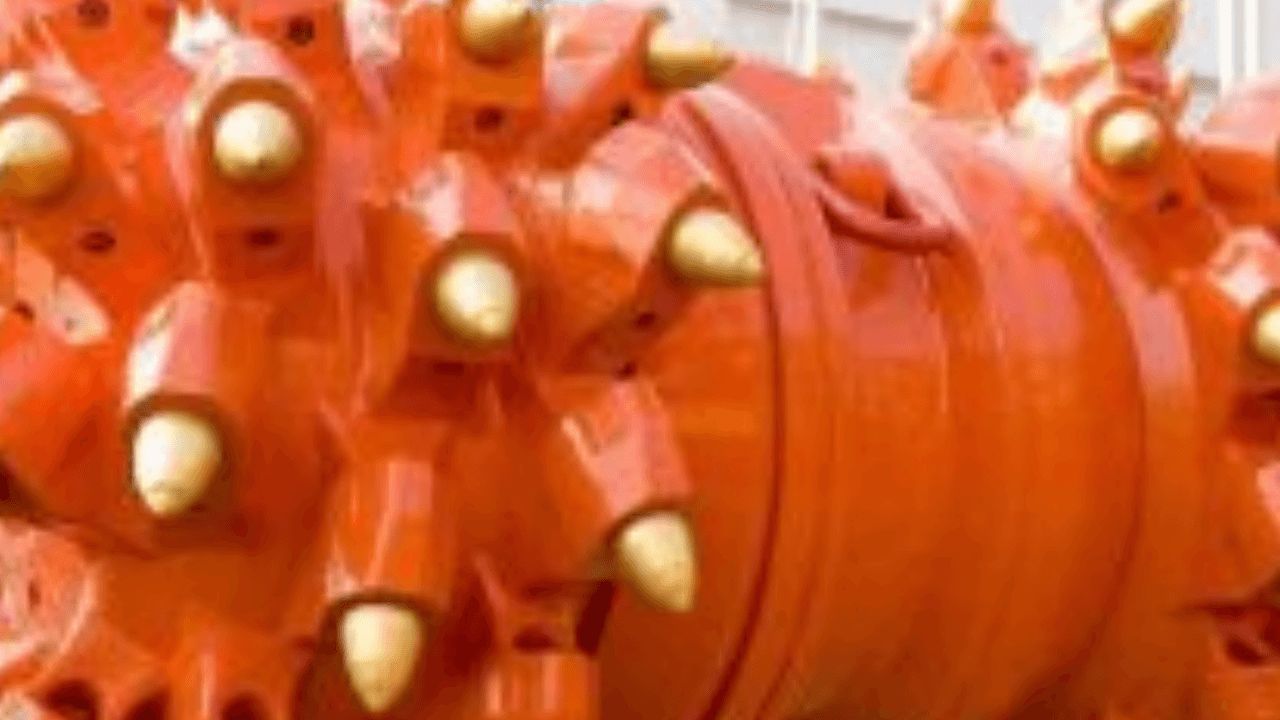Stump grinder teeth are the cutting implements that are fastened to a stump grinder’s spinning cutting wheel or drum. These teeth are in charge of removing and crushing tree stumps. Depending on the application and the kind of stump being removed, they come in a variety of forms and materials, including diamond, steel, and carbide.
The cavities or receptacles built into the stump cutter wheel or drum where the stump grinder teeth are inserted are known as stump grinder pockets, also known as cutter pockets or tooth pockets. When necessary, these pockets make it simple to replace or reposition the teeth while keeping them firmly in place. For your stump grinding operations to remain effective and secure, it’s imperative to spot worn or damaged stump grinder pockets.
The important parts are the pockets, often referred to as holders or blocks. The strong impact forces and abrasive conditions they are subjected to during stump grinding over time might cause these pockets to wear out or experience damage. Identifying worn or damaged stump grinder teeth vermeer pockets and the warning indications that it’s time to replace them for optimum performance and safety are the topics covered in this article.
Identification of Damaged Stump Grinder Pockets
You can extend the life and achieve peak performance from your stump grinder, increasing your productivity and safety on the job site, by promptly replacing worn or broken pockets. To spot worn-out teeth and pockets in a stump grinder cutter, take into account the following factors:
Visual Examination
A visual inspection is the first step in determining worn or damaged stump grinder pockets. Check the pockets attentively for wear indicators like fractures, chips, or distortion. Keep an eye out for any inconsistencies or form changes in the pocket that can have an impact on how well the stump grinder teeth fit and are stable. Additionally, look for any symptoms of excessive wear, such as metal shavings or dirt near the pocket, which may be a sign that the pocket is deteriorating.
Visual Teeth
It may indicate worn or damaged pockets if you find that the teeth of the stump grinder are coming loose or falling out while it is in use. Instability and a higher risk of tooth loss can result from pockets that are worn out or damaged and can no longer hold the teeth firmly in place. In addition to decreasing the effectiveness of the grinder, loose teeth put both the user and bystanders at risk for injury.
Reduced Grinding Efficiency
Poor grinding performance may result from worn or broken stump grinder pockets. It may be a sign that the pockets are no longer giving the teeth the support and stability they require if you observe a deterioration in the grinder’s cutting effectiveness or a longer time required to remove stumps. The performance and productivity of the grinder can be recovered in these circumstances by replacing the worn pockets.
Increased Noise and Vibration
During operation, worn or damaged stump grinder pockets may cause increased vibration and noise. A warning symptom of misalignment or instability brought on by worn-out pockets is excessive vibration. Additionally, strange noises emanating from the grinder may be a sign that the teeth are not being held firmly in place because of worn-out pockets.
Installation of New Teeth Is Complicated
It could be that your pockets are worn out or damaged if you’re having trouble inserting new stump grinder teeth. It may become difficult to securely fit and maintain new teeth due to the pockets’ deterioration or degradation over time. It’s time to think about changing the worn-out holders if you run into resistance or discover that the teeth do not fit securely in the pockets.
Continual Inspection and Maintenance
To spot any early symptoms of wear or damage, routine maintenance and inspection of your stump grinder pockets are crucial. Implement a routine for maintenance that involves inspecting the pockets’ condition and that of other worn components after each grinding process. You can quickly address possible problems and avoid expensive downtime and repairs by seeing them early.
Remarks
Maintaining the effectiveness requires being able to recognize worn or damaged stump grinder pockets. When it’s time to replace the pockets, it’s crucial to consider visual inspection, loose teeth, decreased grinding performance, increased vibration and noise, difficulties installing new teeth, routine maintenance, and following the manufacturer’s instructions.
